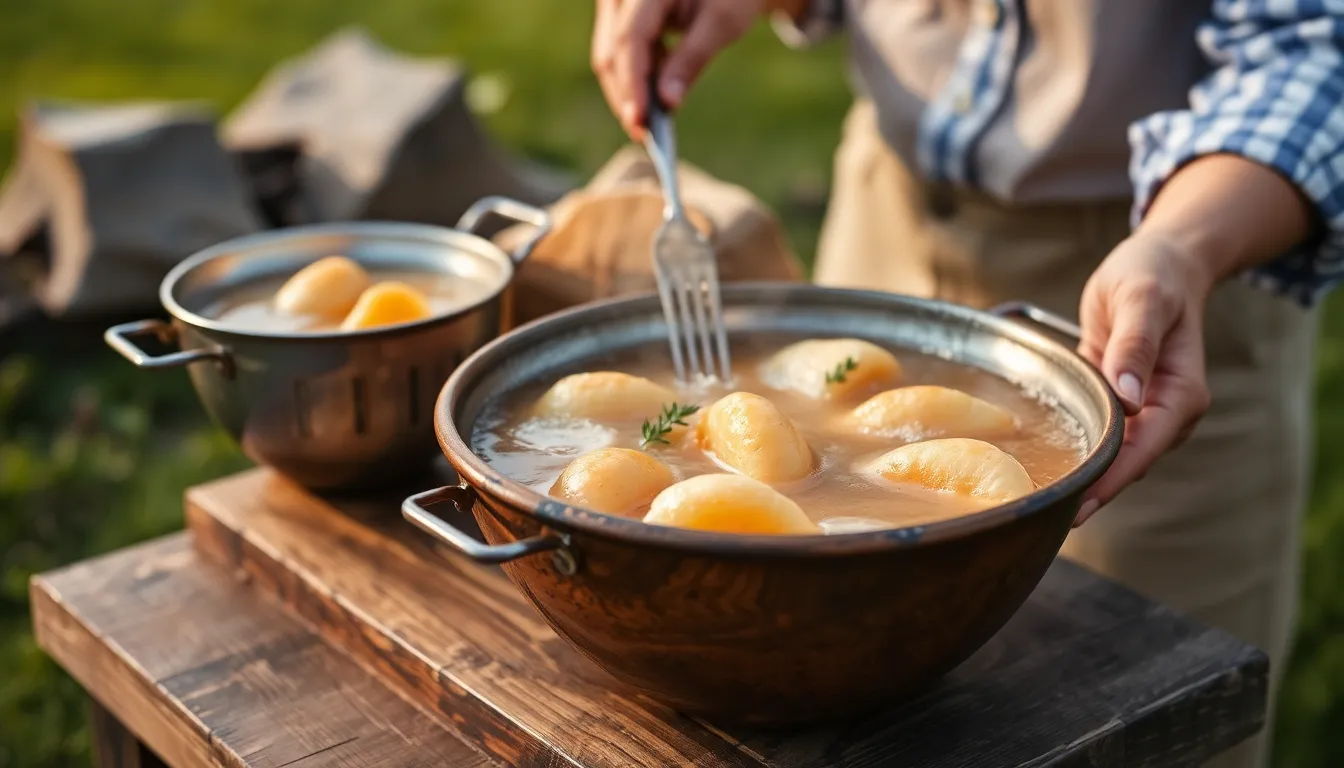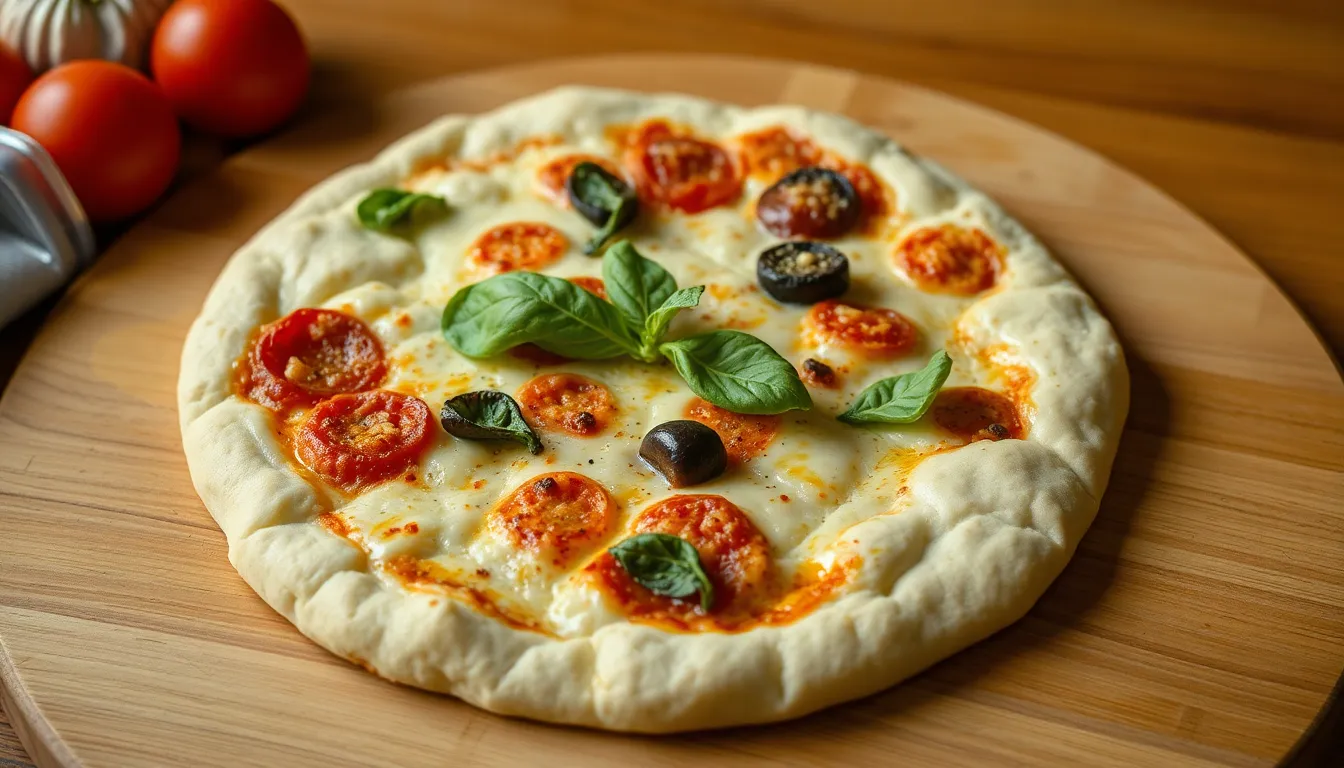Pickling in Small Batches: Perfect for Beginners
I. Introduction
Pickling is an age-old method of preserving food, celebrated for its ability to transform ordinary produce into flavorful, tangy treats. As a beginner, the thought of diving into the world of pickling might feel daunting. However, small batch pickling offers a simplified entry point. This technique allows you to experiment with flavors without the fear of waste or overwhelming quantities. In this article, we will guide you through the essentials of pickling in small batches, providing you with the knowledge and confidence to create your own delicious pickles at home.
II. What is Pickling?
A. Definition and history of pickling
Pickling is the process of preserving food in an acidic solution, typically vinegar, or through fermentation. Its origins can be traced back thousands of years, with evidence suggesting that the Mesopotamians were among the first to pickle fruits and vegetables as a method of food preservation. This ancient technique not only extended the shelf life of food but also introduced unique flavors that we continue to enjoy today.
B. Benefits of pickling at home
- Healthier options: Homemade pickles allow you to control the ingredients, ensuring they are free of preservatives and artificial additives.
- Cost-effective: Pickling seasonal produce can save you money, especially when you take advantage of farmers’ markets or your own garden.
- Flavor customization: You can experiment with different spices, herbs, and fruits to create unique flavor profiles catered to your taste.
C. Common misconceptions about pickling
Many people believe that pickling is a complicated and time-consuming process, or that it requires special equipment. In reality, pickling can be simple and quick, especially when you focus on small batches. With basic kitchen tools and a few ingredients, anyone can start pickling at home.
III. Why Choose Small Batches?
A. Advantages of small batch pickling
- Less waste: Small batch pickling allows you to use up leftover vegetables and fruits without the risk of spoiling large quantities.
- Experimentation with flavors: It’s easier to experiment with different flavor combinations and brine recipes when you aren’t tied to a large batch.
- Easier to manage: Small batches mean less time spent preparing and monitoring your pickles, making the process more approachable for beginners.
B. Ideal scenarios for small batch pickling
- Seasonal produce: When fruits and vegetables are in season, they are often at their peak flavor. Small batches allow you to make the most of these fleeting moments.
- Quick snacks: If you want a tasty accompaniment for meals or snacks, small batches can provide just the right amount without overwhelming servings.
IV. The Basics of Pickling
A. Essential ingredients
1. Vegetables and fruits suitable for pickling
- Cucumbers
- Carrots
- Radishes
- Cauliflower
- Beets
- Peppers
- Green beans
- Onions
- Fruits like peaches, cherries, and apples
2. Pickling brine components
The core components of a pickling brine typically include:
- Vinegar: Distilled or apple cider vinegar is commonly used for its acidity.
- Salt: Non-iodized salt is recommended as it helps retain the crunchiness of the pickles.
- Sugar: Often used in sweeter pickles, sugar balances the acidity of the vinegar.
- Spices: Common spices include dill, mustard seeds, coriander, and peppercorns.
B. Tools and equipment needed
- Jars and lids: Glass jars with airtight lids are ideal for storing pickles.
- Funnel: A wide-mouth funnel makes filling jars easier.
- Measuring cups and spoons: For accurate measurement of brine ingredients.
- Cutting board and knife: Essential for preparing your produce.
- Pot for boiling the brine: A medium-sized pot is usually sufficient.
V. Step-by-Step Guide to Pickling in Small Batches
A. Selecting your produce
Choose fresh, high-quality vegetables or fruits for the best results. Look for produce that is firm and free of blemishes. Some classic options for beginners include cucumbers, carrots, and radishes.
B. Preparing your brine
To prepare your pickling brine, combine vinegar, water, salt, and any desired spices in a pot. Bring the mixture to a boil, allowing the salt and sugar to dissolve fully. Adjust the ratios based on your taste preferences or the recipe you’re following.
C. Packing jars and sealing
Once your brine is ready, pack your chosen produce into sterilized jars. Pour the hot brine over the vegetables, ensuring they are fully submerged. Leave about half an inch of space at the top of the jar, then seal with a lid.
D. Storing your pickles
Store your pickles in a cool, dark place for at least 24 hours to allow the flavors to meld. After that, they can be refrigerated for up to several months. The pickles will develop more flavor as they sit, so patience is key!
HTML Table: Basic Pickling Brine Ratios
| Ingredient | Amount for 1 Cup of Liquid |
|---|---|
| Vinegar (distilled/white) | 1 cup |
| Water | 1/2 cup |
| Salt | 1-2 tablespoons (to taste) |
| Sugar (optional) | 1-2 tablespoons (to taste) |
| Spices (e.g. dill, mustard seeds) | 1-2 teaspoons (to taste) |
VI. Flavor Combinations to Try
A. Classic dill pickles
The quintessential pickle, classic dill pickles are made with fresh cucumbers, dill weed, garlic, and a vinegar brine. They’re perfect for sandwiches or as a side dish.
B. Spicy garlic pickles
Add a kick to your pickles by including sliced jalapeños or red pepper flakes along with garlic in your brine. These spicy garlic pickles are great for those who love heat!
C. Sweet and tangy bread and butter pickles
This popular variety features cucumbers in a sweet brine made from vinegar, sugar, and spices like mustard seeds and celery seeds. They are delicious on burgers and sandwiches.
D. Creative combinations
- Ginger-carrot: Thinly sliced carrots with ginger slices in a sweet and sour brine.
- Turmeric-cauliflower: Add turmeric for a vibrant color and unique flavor!
- Radish-cucumber: Combine radishes and cucumbers for a crunchy, refreshing pickle.
VII. Storage and Shelf Life
A. Best practices for storing pickles
Store your pickles in refrigerator after they have cooled down to room temperature. Ensure that they are sealed properly to prevent spoilage. Always label your jars with the date and type of pickle for easy reference.
B. Understanding shelf life
Generally, pickles can last in the refrigerator for several months. However, the flavor will continue to develop over time, and it’s best to consume them within 3-6 months for optimal taste and texture. If you see any signs of mold or off odors, discard them immediately.
VIII. Conclusion
Pickling in small batches is an accessible and rewarding culinary adventure perfect for beginners. It allows you to preserve seasonal produce, experiment with flavors, and enjoy the fruits of your labor in a matter of days. Armed with the knowledge and techniques outlined in this article, you can confidently create delicious, homemade pickles that will impress your family and friends. So grab some fresh produce, gather your ingredients, and start your pickling journey today!




